The Clasico began promisingly but concluded in disappointment. What implications does this defeat hold for Barcelona and Xavi? Is the situation as grim as the outcome may imply?
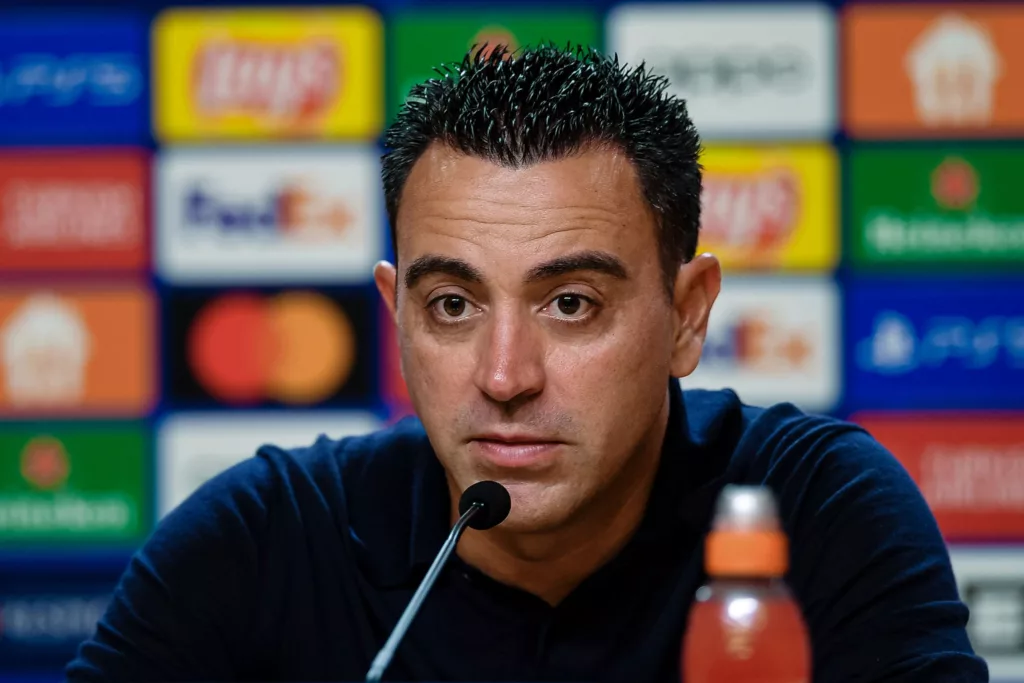
Read More: Luka Modric and Lamine Yamal become oldest and youngest El Clasico players in 23/24
Ilkay Gundogan’s Resolute Stance
Ilkay Gundogan expressed in the post-game press conference, “I didn’t come here to experience these types of defeats.” His visible distress was evident after a loss that had the potential to be much more, and it was clear that Barcelona’s goal is always to win every game. In fact, when it comes to Clasicos, they view it as a war more than just a football match. In wars, you don’t simply want to win; you must win.
Interestingly, Gundogan is not known for being loud or outspoken. His calm, unassuming, soft-spoken voice would typically fit better in a cheerful advertisement for the new Camp Nou or in a commercial encouraging people to adopt puppies from a shelter. However, on that night, his voice reverberated across Catalonia, and hopefully, it resonated in the dressing room as well.
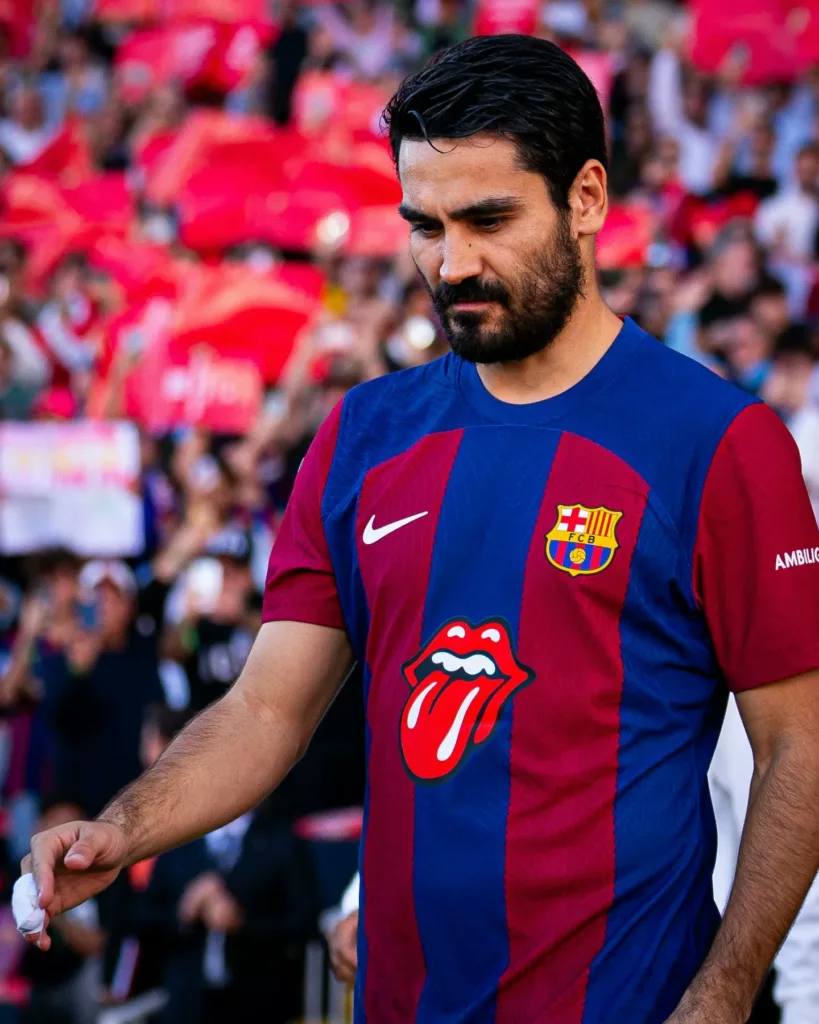
“I don’t want to say anything wrong, but I was in the dressing room, and there was disappointment. To be honest, I would have liked to see more frustration and anger. There should be stronger emotions,” he continued, emphasizing that he won’t settle for anything less than victory. This is the kind of mindset that Barcelona needs.
Barcelona is all about having ice in their veins, keeping their eyes on the prize, and never settling for anything less than victory and dominance. They are relentless and unwavering in their pursuit of success. This Barcelona, under Xavi’s leadership, may not have defined an era or left an everlasting legacy yet, but they are showing the potential to become such a team.
The Heartbreak of a Relentless Effort by Barcelona
In the recent match, a fantastic goal and a deflected assist led to a heartbreaking loss against Real Madrid. Barcelona outperformed their rivals for a significant part of the first hour, evident in the stats. They had more possession, reaching as high as 63% at one point, and they completed more passes (517 compared to Real’s 484). More importantly, they secured 1.42 expected goals, surpassing Real’s 0.87.

This is even more evident when examining the graph above. In the graph, Barcelona (represented by the blue line) produced a higher expected goals (xG) value throughout the entire 90 minutes compared to Real Madrid (represented by the green line), despite the final result. It’s important to note that this doesn’t necessarily imply that Barcelona was consistently more threatening during every phase of the match, but it does emphasize their greater chances in terms of creating goal-scoring opportunities.
What’s even more compelling is that Barcelona had a higher number of positional attacks resulting in shots, more successful counter-attacks, and a greater number of set pieces overall. These statistics indicate that they were in control for the majority of the match, across various phases of play. However, the unfortunate reality was that they scored fewer goals and experienced less favorable luck.
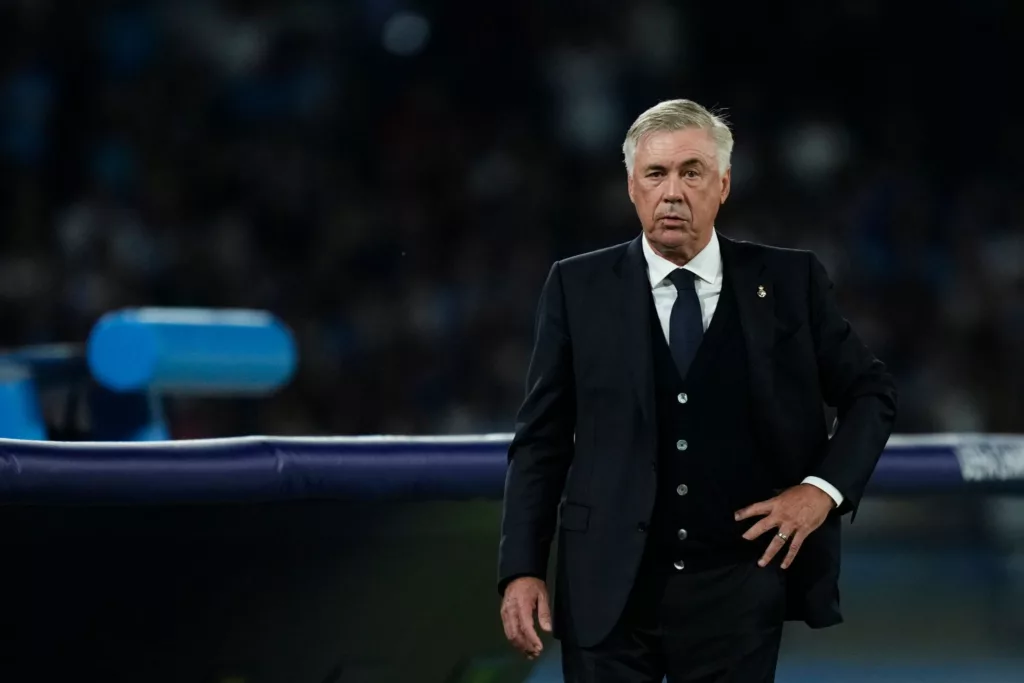
In a somewhat poetic and harsh manner, this game serves as a near-perfect representation of Barcelona’s current standing and Xavi’s progress as a coach: they are close to their goals but haven’t fully arrived yet. Nevertheless, despite these challenges, El Clasico was a largely positive experience. For a continuous 55-minute stretch, Barcelona outperformed Real Madrid, and Xavi effectively outcoached Carlo Ancelotti, a seasoned manager who has been involved in the game since the early ’90s. Regardless of one’s opinion of Xavi or Ancelotti, this achievement cannot be underestimated; it provides a solid foundation for further progress.
Nonetheless, we are left pondering: what led to Barcelona’s ultimate defeat? Was it Xavi’s limited coaching experience, a string of injuries, or a depleted team roster? Did Ancelotti successfully adjust his tactics, or did misfortune play a significant role? Surprisingly, it was a blend of these elements. The initial 55 minutes, particularly the entire first half, revealed an impressive coaching performance by Xavi. From his choice of players to adapting to the opponent’s style, capitalizing on their own strengths, and their overall game strategy, Barcelona executed each aspect effectively, and the outcomes were clear.

Examining the timeline of expected threat shown above, it becomes apparent that this match can be described as a tale of two halves. Barcelona was in control during the first half, while Real Madrid completely dominated the second half. It was in the peak of their domination during the second half that both goals were scored, with the first goal significantly altering the course of the match. However, Barcelona had the opportunity to make more of their dominance. This highlights a critical distinction between the two teams: one had to create numerous opportunities to achieve limited success, while the other could achieve substantial results with fewer opportunities.
Xavi’s Coaching Brilliance
Xavi’s tactical approach included deploying a three-man backline to counter Real Madrid’s transitional strength, with the aim of pushing Ronald Araujo closer to Vinicius Junior. This strategy was highly effective, as Vinicius Junior struggled to contend with the presence of the Uruguayan throughout the match at Montjuic.
Furthermore, Xavi made the decision not to reposition Joao Cancelo, instead assigning him a more advanced role as a right wing-back or right winger with the freedom to move into the midfield and contribute to ball retention and control. On the opposite flank, Alejandro Balde played the role of providing width. Joao Felix’s inward movements allowed the young La Masia prospect to have more freedom to push up the field, effectively pinning Federico Valverde in the process.
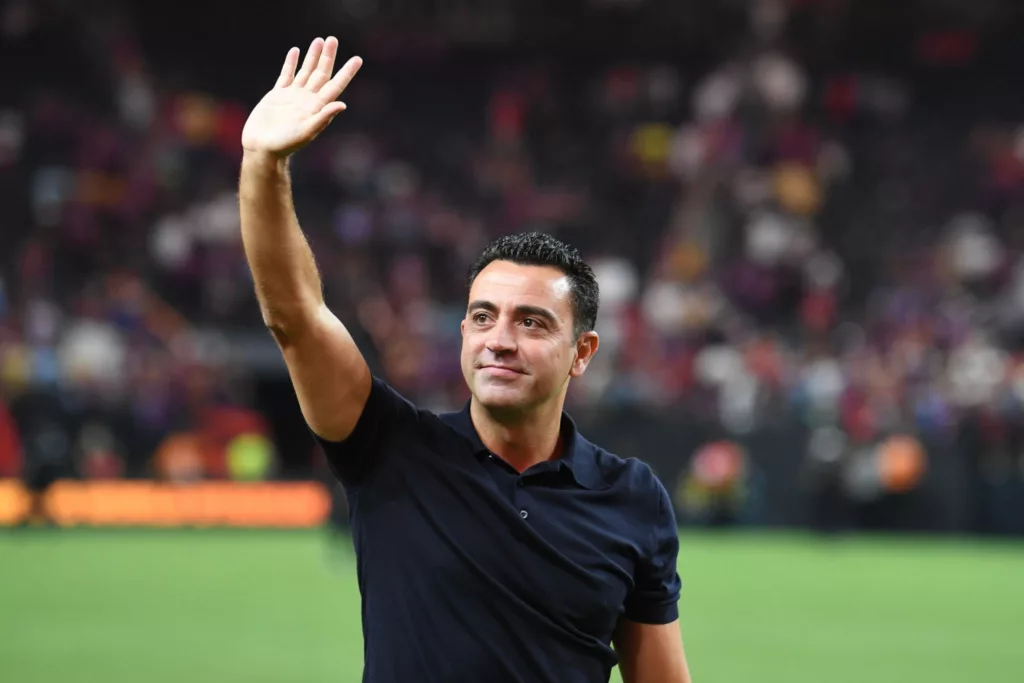
However, the key factor that tilted the game in favor of Barcelona was their midfield performance. The double pivot of Ilkay Gundogan and Gavi outshone their counterparts from Real Madrid, effectively orchestrating the play in the first half of the match. Real Madrid attempted to mirror Barcelona’s 3-2-5 formation with variations of a 4-1-3-2, and while this approach yielded some results at specific moments, Barcelona maintained comfortable control over the game. The primary reason for this was the significant gap between Real Madrid’s high-pressing unit and their deep defensive line. Barcelona regularly instructed Fermin Lopez to drop deeper, allowing them to establish numerical superiority and then systematically recycle the ball, effortlessly playing around their disorganized opponents.

With both Carvajal and Valverde frequently occupied by Felix and Balde, Barcelona had a relatively easy time creating and finding the free man once the ball had been shifted from one side to the other. The most impressive aspect of yesterday’s game was their control. Barcelona didn’t compromise their control with hasty vertical passes, nor did they engage in reckless high pressing when Real Madrid built up from the back.
Instead, players like Gundogan and Gavi excelled at breaking through the opposition’s gegenpressing and then calmly retained and recycled the ball. They had the necessary skills to do so and benefited from the space and time in the middle third that their numerical advantages had provided, as we discussed earlier. Gundogan even repeatedly signaled to slow down the tempo once the ball was under their control. The result? They were a goal up from the seventh minute onward, hit the post twice, and created several promising opportunities. However, their dominance alone wasn’t sufficient. When you dominate Real Madrid but fail to finish them off, their resurgence becomes almost inevitable.
Real Madrid’s Tactical Response
While it’s common to point fingers at Xavi for the shift in momentum during the second half, credit must be given to Real Madrid and Ancelotti’s tactical adjustments. The introduction of Eduardo Camavinga and Luka Modric played a crucial role in wresting control away from Barcelona. Camavinga, in particular, brought more defensive solidity to their midfield.
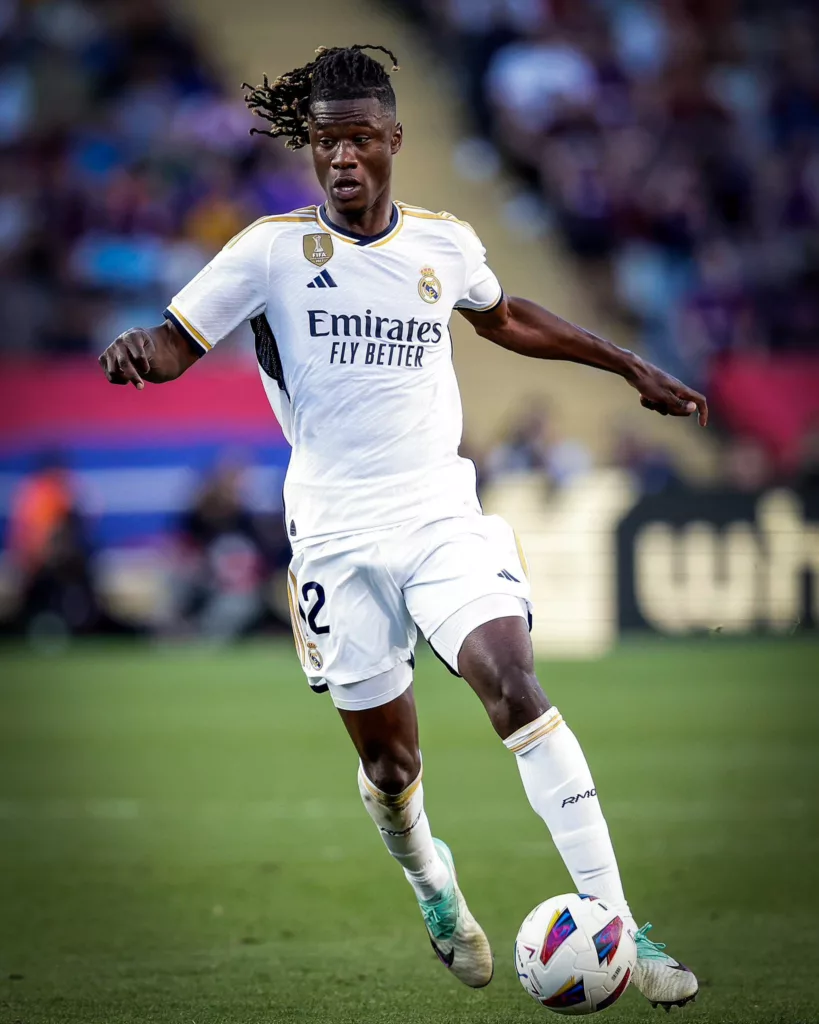
During the first half and the early part of the second, Barcelona’s defensive organization forced Real Madrid into attempting long-range shots. Vinicius, in particular, was closely marked, with Araujo keeping a watchful eye on him. Barcelona’s control and their compact 3-2 formation made it challenging for Real Madrid to access their attacking runners, and Vinicius often had to receive the ball in unfavorable positions with little room to maneuver.
However, the long shots eventually paid off. Aurelien Tchouameni tested Marc Andre ter Stegen on several occasions, but it was Jude Bellingham who broke through with a thunderous strike from distance. While the shot was undeniably exceptional, it could have been saved under different circumstances. Unfortunately for Barcelona, that goal not only changed the course of the game but also shifted the balance of power entirely in favor of Real Madrid.
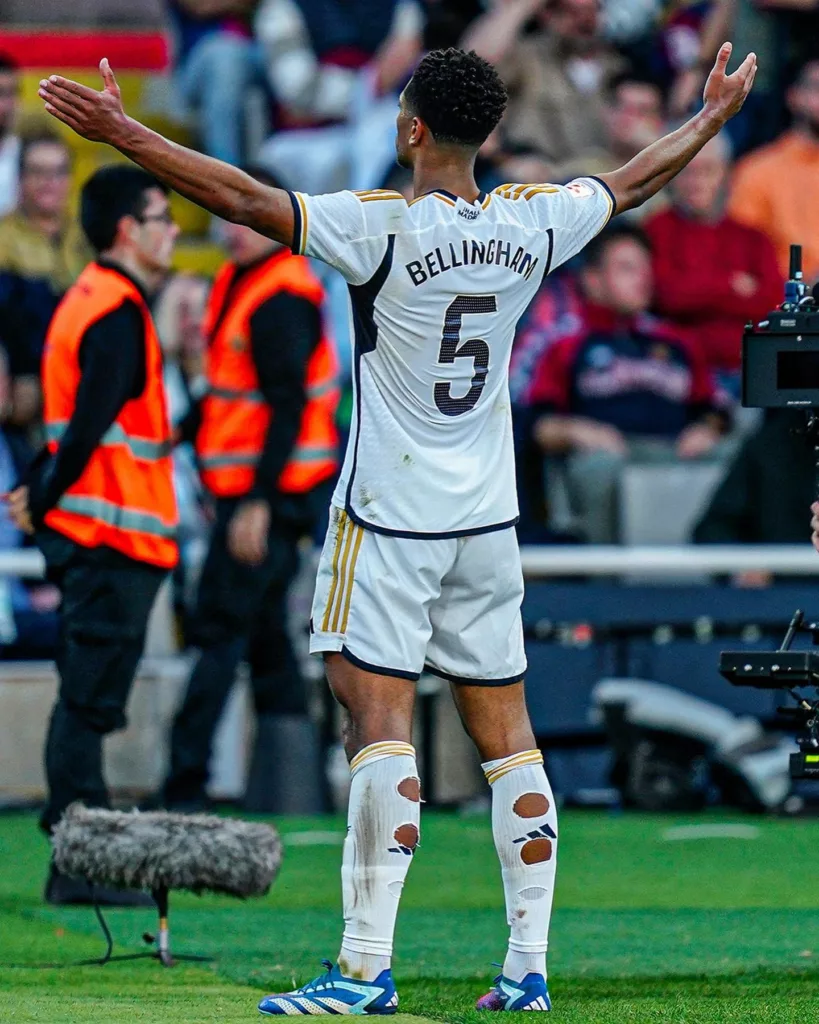
The momentum had unquestionably swung in favor of the Galacticos, as they tightened their grip on the game, steadily gaining ground with each attack. Just minutes after Bellingham’s goal, Barcelona recorded their lowest possession percentage of the game, a meager 37%. The balance of power had shifted successfully, and now it was Xavi’s turn to react after Ancelotti’s response to Barcelona’s dominant first half.
However, when Xavi looked towards the bench for potential game-changers, he faced a stark reality. His only options were a somewhat injured Robert Lewandowski, Raphinha, who was still regaining his physical form, Oriol Romeu, who was struggling, and a group of youthful players. The pressure was mounting, and the team found themselves in a difficult situation. When Xavi gazed at the substitutes, he realized the harsh truth: Barcelona was engaged in a fierce battle against their arch-rivals, and they seemed ill-equipped to face the challenges ahead.
Challenges and Substitution Dilemmas
While Ancelotti’s substitutions played a pivotal role in pushing Real Madrid in the right direction, Xavi’s choices seemed to have the opposite effect. To some extent, Xavi may bear some responsibility for the situation. Opting to play a still-recovering Raphinha, who heavily favored his comfortable right-wing position, with a notable angle bias, was a questionable decision. Moreover, deploying Lamine Yamal, the team’s clearest difference-maker and best dribbler, on the left side in a Clasico was a choice that raised eyebrows.

Oriol Romeu and Robert Lewandowski’s appearances as substitutes didn’t contribute positively either. Romeu struggled to cope with the intense and sustained pressure from Real Madrid, and Lewandowski’s heavy touches and limited mobility meant that Barcelona lost valuable outlets to escape the ring of fire their opponents had built up by that point. The loss of control had already begun before the substitutions, and unfortunately, those changes only added fuel to the fire, rather than providing the much-needed relief.
Lessons to Be Learned
In hindsight, this single game offered several valuable lessons for Barcelona. The first half of the match served as a blueprint for success: Barcelona is a team designed for technical excellence, and when they are coached with a focus on technical excellence, as demonstrated in those initial 45 minutes against Real Madrid, long-term success becomes a matter of time. This serves as the foundation to build upon.
While a loss in El Clasico stings more than most defeats in football, it’s essential to remember that it’s just that – a loss in a 38-game season, a mere 90 minutes out of thousands yet to be played, and a drop in the vast ocean of football. Another significant lesson lies in mentality. Barcelona may have faltered in the final half-hour of the game, and there may be questions about their defensive awareness, compactness, or tracking. However, their mentality should not be questioned. They showed the resilience and determination to compete at the highest level, which is a valuable attribute to carry forward.

This is a team that possesses the willingness and capability to dig deep and fight until they secure victory. However, echoing Gundogan’s sentiments, there is a need for more players to demonstrate that passion, that fire, and even that anger on the field. It’s not sufficient to find comfort in the fact that they were the better team if that superiority doesn’t translate into a win when the final whistle blows. The players are young, and there is room for them to learn how to compete effectively and consistently.
Xavi’s Learning Curve
This also holds true for Xavi – he is still relatively new to coaching, and his in-game management requires refinement. While making substitutions to inject freshness into the team is necessary, it’s equally important to consider whether those substitutions will disrupt the cohesion and dynamics of the squad already on the field. Moreover, quality depth and overall fitness are crucial factors. The current squad is notably incomplete, thin in terms of depth, and prone to injuries, making it challenging to maintain greatness for a full 90 minutes, let alone an entire season. Finances play a significant role in this equation, and Barcelona, like many other clubs, must adapt to the changing landscape of football to survive.
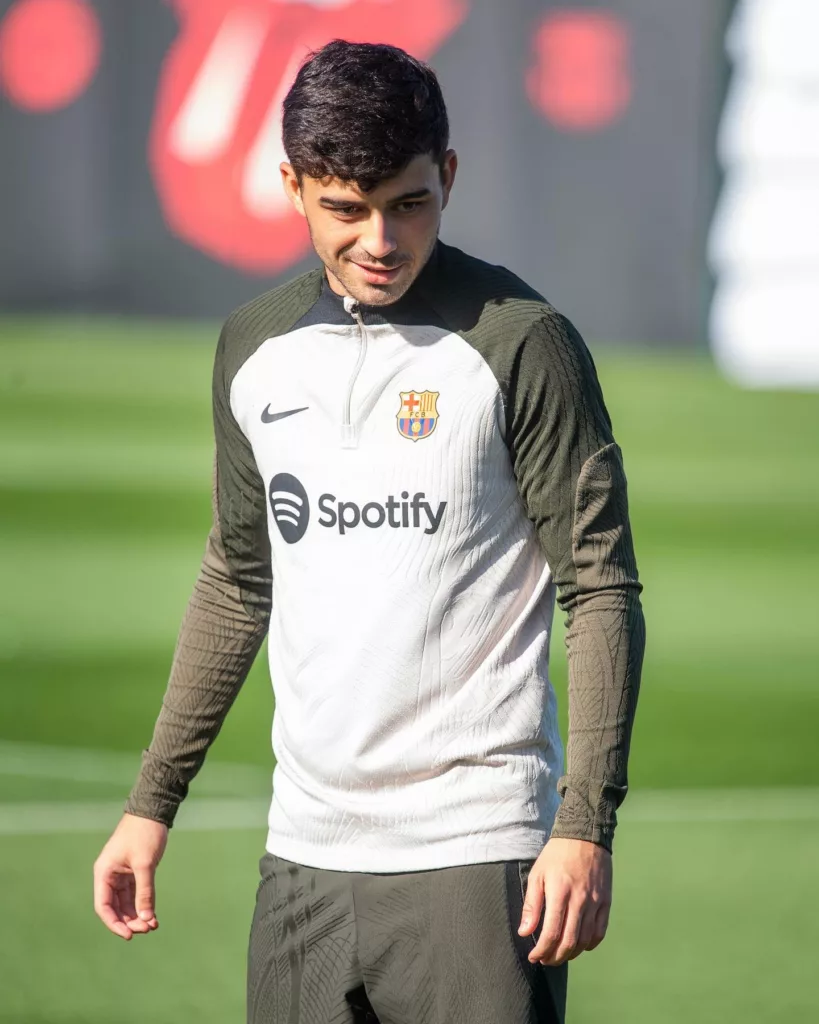
It’s worth considering whether the club’s current struggles are indeed connected to the challenging financial circumstances they are currently facing. If so, the approach to building a competitive squad needs to be carefully considered. This may involve more prudent financial management, strategic transfers, and youth development to create a well-rounded and sustainable team capable of thriving in the evolving football landscape.
Focus on the Foundations
All of these questions and considerations will indeed need to be addressed in due time. For now, the priority is to focus on the squad that Xavi has at his disposal and work with the cards he’s been dealt. While the recent El Clasico may have been a setback, the foundations for future success are already in place. This team may have lost a battle, but it’s clear that they are determined to win the war. We haven’t seen the last of what this team can achieve.




